How AI improves recruitment
The world of recruitment is rapidly evolving thanks to the advent of Artificial Intelligence (AI). Recruiters used to spend days manually sifting through CVs and candidate information collected from various sources such as emails and informal interviews. Today, thanks to advanced AI-based tools, this process has become much more efficient.
In this article, we'll explore how automation and AI are revolutionizing the recruitment industry.
The impact of AI in the world of recruiting
.avif)
📝 Automatic Filtering
One of the biggest benefits of using AI models, such as those offered by GPT, is the ability to automatically filter CVs. These templates can quickly review resumes, identifying only those that meet specific criteria such as skills and experience. This time savings allows recruiters to focus on strategic decisions rather than repetitive tasks.
📊 Structured Data
Another significant benefit of AI in recruitment is the ability to extract details from CVs in consistent formats. The information is organized in ordered worksheets, making it easy to compare candidates. This approach reduces human errors and makes decision-making much more transparent.
🔍 Precise Skill Extraction
Whether it's Python or cloud architectures, AI can highlight the exact skills needed for a specific position. All extracted data is exported to Google sheets for quick and efficient analysis.
How to Implement AI in Your Recruiting Process
1. Leverage AI: Automate repetitive tasks such as resume screening so you can focus on strategic hiring decisions.
Would you like to do it but don't know how? To learn how to easily extract data from CVs, check out our practical guide here: How to automate the extraction of data from the CV with AI.
2. Use Structured Data: Organize candidate information so that it's easy to analyze and compare.
3. Target Skills: Use AI to identify the exact skills needed, thus avoiding losing valuable talent.
4. Improve Efficiency: With an automated system you can speed up the entire selection process, making it even fairer.
5. Stay Up-to-Date: Always follow the latest news on automation, AI and NoCode software development to stay competitive in the market.
6. Continuing Education: Investing in training your team about the use of AI tools can lead to better long-term results.
7. Test New Solutions: Don't be afraid to experiment with new technologies; often, innovations can offer significant advantages over traditional methods.
8. Constant Feedback: Collect feedback from your team to continuously improve your automated recruitment process.
9. Cybersecurity & Compliance: Ensure that all tools used comply with current data privacy and cybersecurity regulations to protect candidates' sensitive information.
10. Integration with Other Systems: Integrate AI tools with other business software to create a cohesive and efficient digital ecosystem.
11. Monitoring & Analysis: Constantly monitor the performance of the AI tools used through key metrics (KPI) to identify areas that can be improved in the overall process.
12. Customizing Tailored Software Solutions: Adapt technological tools to the specific needs of your company to maximize the benefits obtainable from the automation of procedural recruitment through Artificial Intelligence.
Conclusion
Implementing AI in the recruitment process not only improves efficiency, but also allows more informed and strategic decisions to be made. To discover a practical and super effective method for uploading a CV to Google Drive, analyze it with Chat GPT and store the information in a Google Sheet, watch the video below!




.avif)


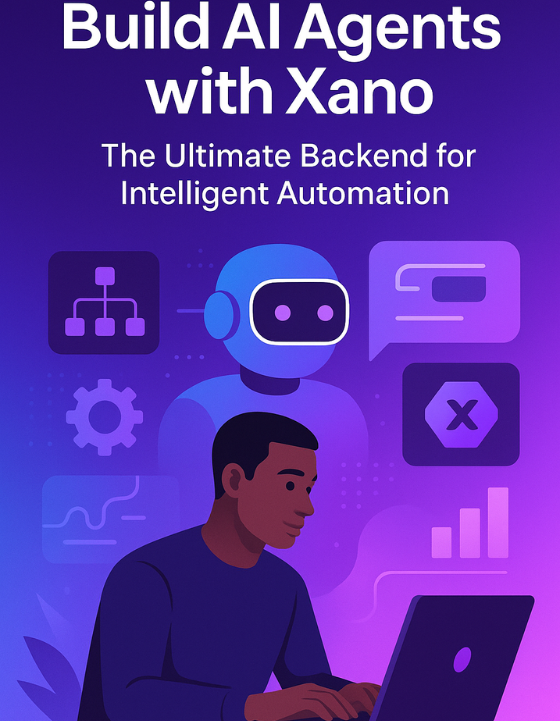
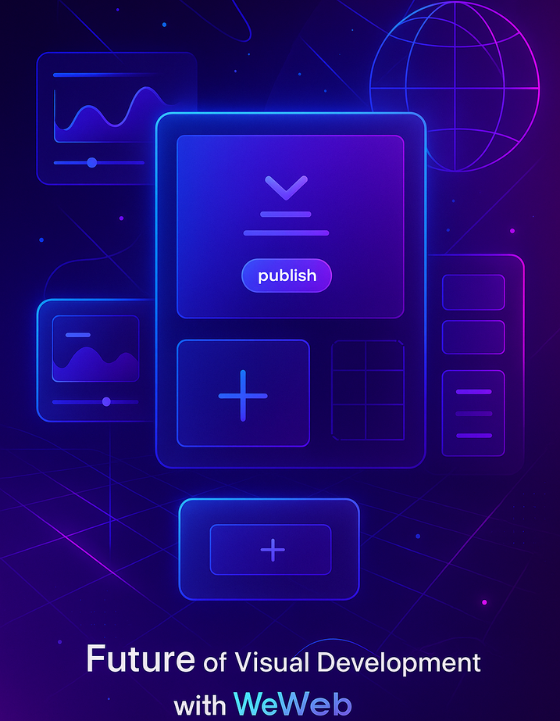
.png)
.png)
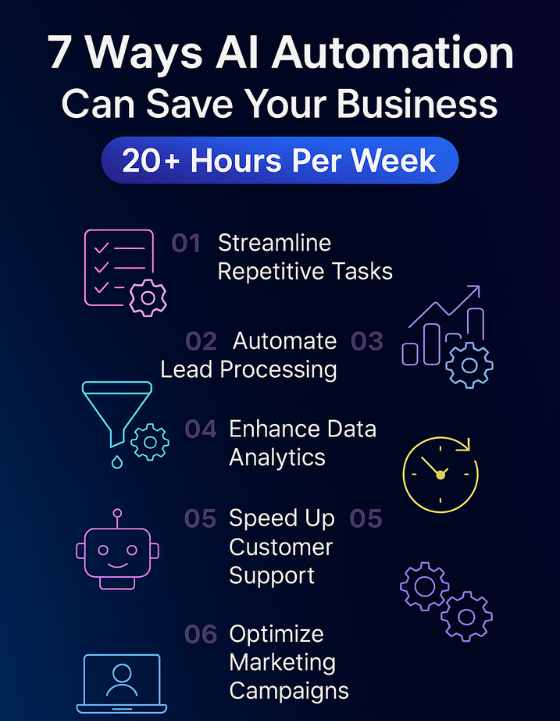
.jpg)
.jpg)
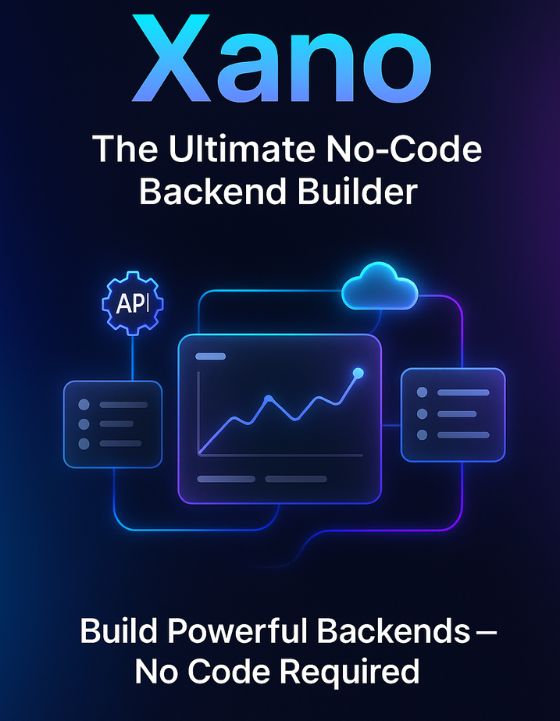
.png)
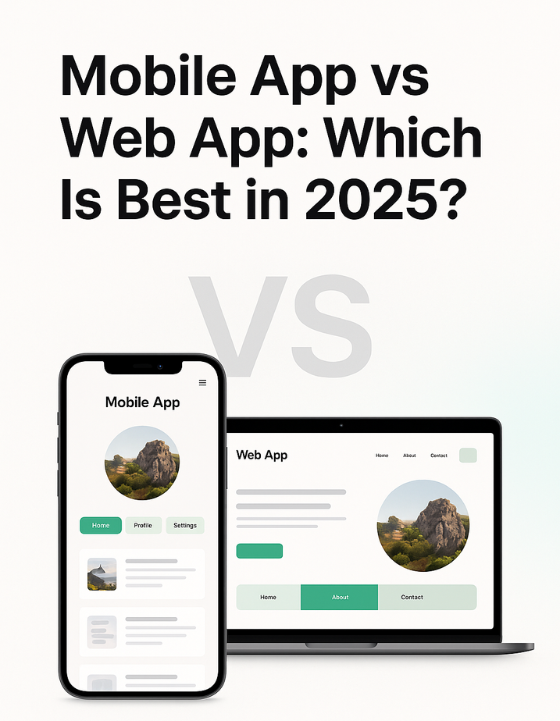
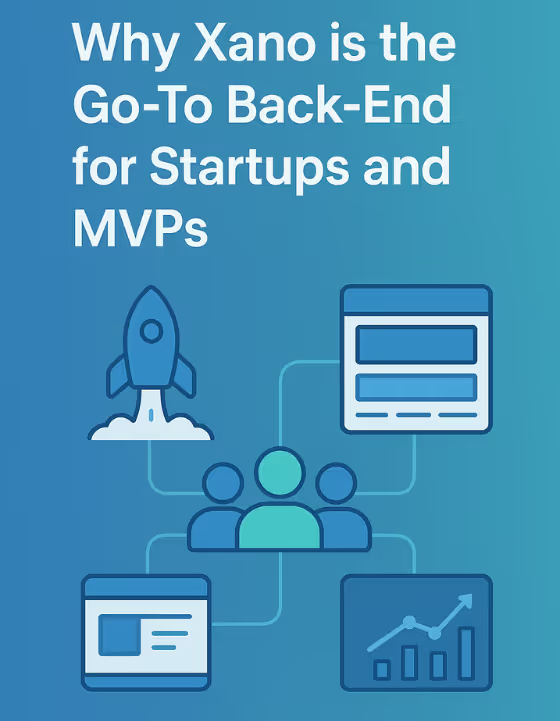



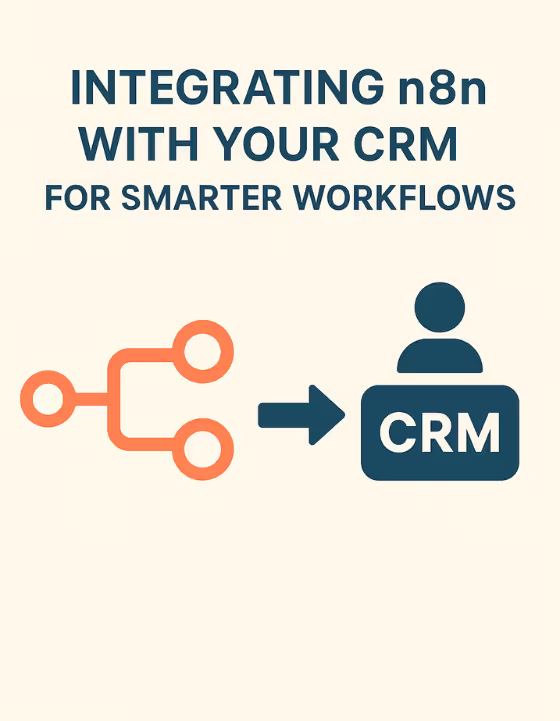
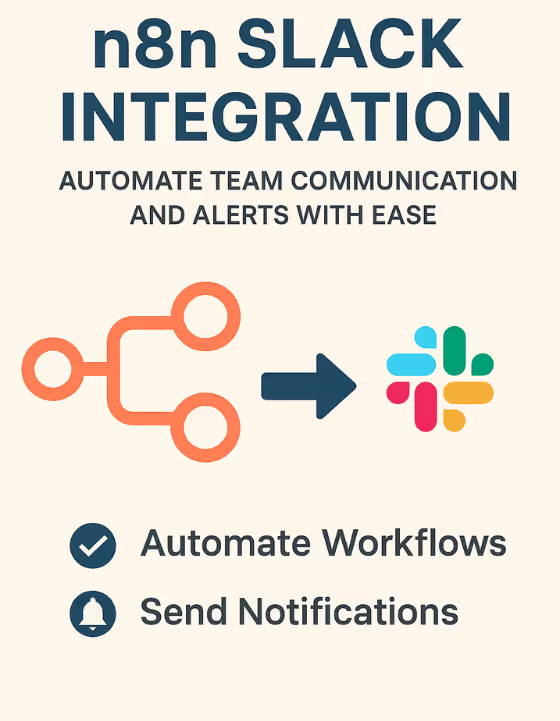




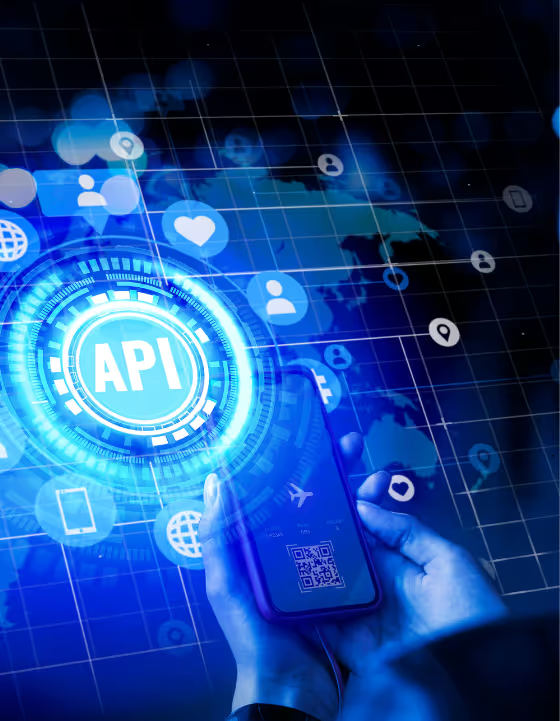









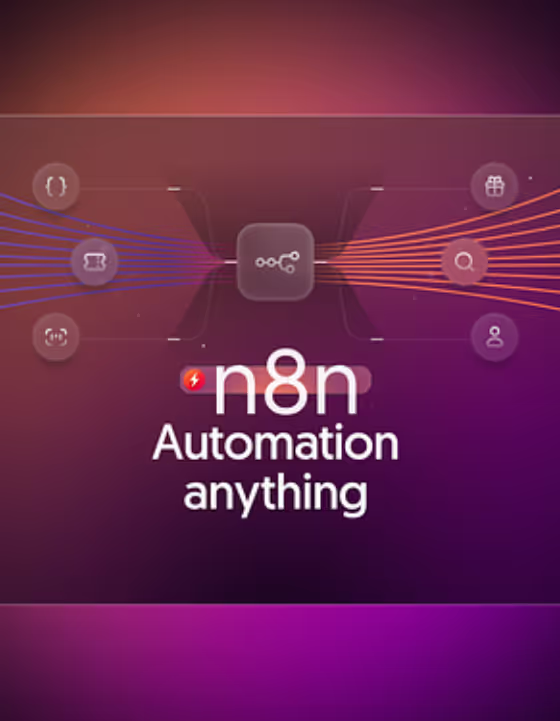


.avif)






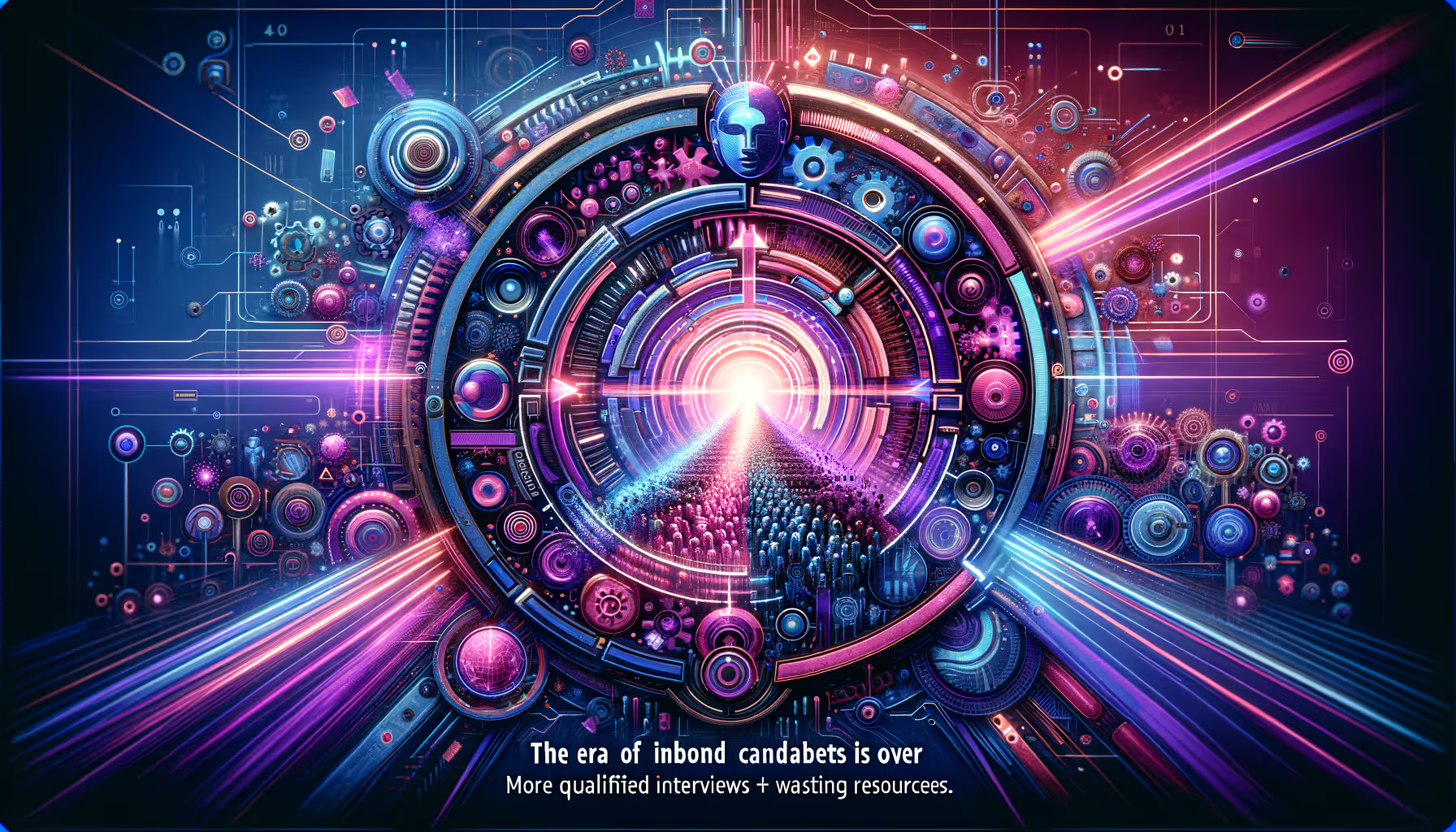
















.avif)














.avif)

.webp)





